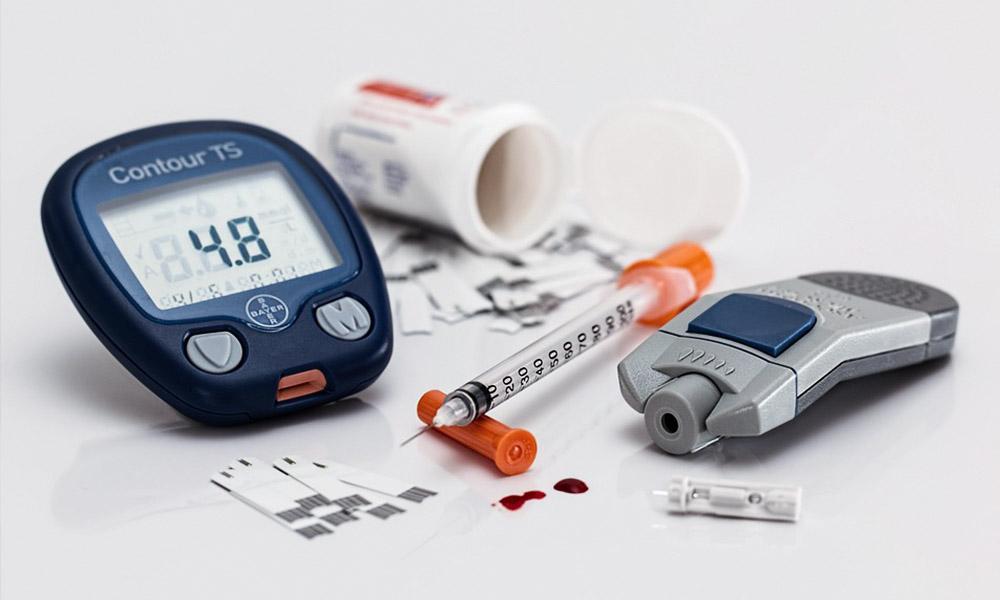LETTER | The World Obesity Day that fell on March 4 is dedicated to addressing the global obesity epidemic. Among its missions are to increase awareness that obesity is a disease.
Malaysia has the highest prevalence of obesity among adults in Southeast Asia. In the 2019 National Health and Morbidity Survey, 50.1 percent of our adult population were reported to be overweight (30.4 percent) or obese (19.7 percent).
Obesity is a risk factor for non-communicable diseases (NCDs) like type 2 diabetes, cardiovascular disease and several types of cancers such as breast, large intestine, pancreas and kidney cancers. Compared with normal-weight individuals, obesity increases the risks of type 2 diabetes by sevenfold in men and 12-fold in women.
An obese individual has an 81 percent higher risk of heart disease and 64 percent for stroke. In addition, Asian populations are predisposed to type 2 diabetes and cardiovascular diseases at lower body mass index (BMI).
Besides that, the economic costs for these diseases are enormous. The conservative estimate of diabetes and cardiovascular disease was RM70.1 billion in 2017, equivalent to about 5.1 percent of Malaysia’s gross domestic product in the same year.

A local study found that 30 percent of our type 2 diabetes patients were clinically obese. Diabetic patients need to achieve as many ABC treatment goals as possible to prevent complications like cardiovascular disease, kidney disease, and foot complications. (A for A1C that reflects blood sugar control over the past three months, B for blood pressure and C for LDL-cholesterol or bad cholesterol).
These diabetic patients who were obese were 1.5 times less likely to achieve ABC goals than normal weight patients. Weight reduction is a great strategy for overweight and obese patients to improve blood sugar, blood pressure and cholesterol control. That’s killing at least three birds with one stone.
Worldwide evidence shows that diabetes is happening at younger ages, i.e., below 40 years old. One of the main causes is the rising obesity prevalence. Young-onset diabetes is associated with more aggressive disease and higher risks of complications.
What is equally worrying is that a considerable number of our female diabetic patients are still in their reproductive ages. Poor blood sugar control during pregnancy is related to adverse outcomes for both mothers and babies. Moreover, the children are at higher risks of childhood obesity and young-onset diabetes later on in life. This will perpetuate the high diabetes prevalence in Malaysia.
The rising prevalence of obesity, coupled with the substantial economic costs of its associated diseases, means that the situation will worsen if the obesity epidemic is not urgently tackled.
What can we do to optimise our weight?
1) Follow a healthy plate according to the concept of suku suku separuh or “quarter quarter half”. (Details: ¼ plate - grains or grain products, preferably whole grains; ¼ plate fish or poultry, meat, or egg and ½ plate of fruits and vegetables).
2) Exercise regularly. For adults, aim to have 150 minutes of moderate-intensity physical activity (i.e. brisk walking, cycling with light effort and recreational badminton) per week.
3) Remember, obesity is not just about physical appearance. It is a disease that could give rise to other NCDs.
DR MOY FOONG MING , DR NORAN NAQIAH HAIRI, and DR WAN KIM SUI are with the Centre for Epidemiology and Evidence-Based Practice, Department of Social & Preventive Medicine, Faculty of Medicine, University of Malaya.
The views expressed here are those of the author/contributor and do not necessarily represent the views of Malaysiakini.


